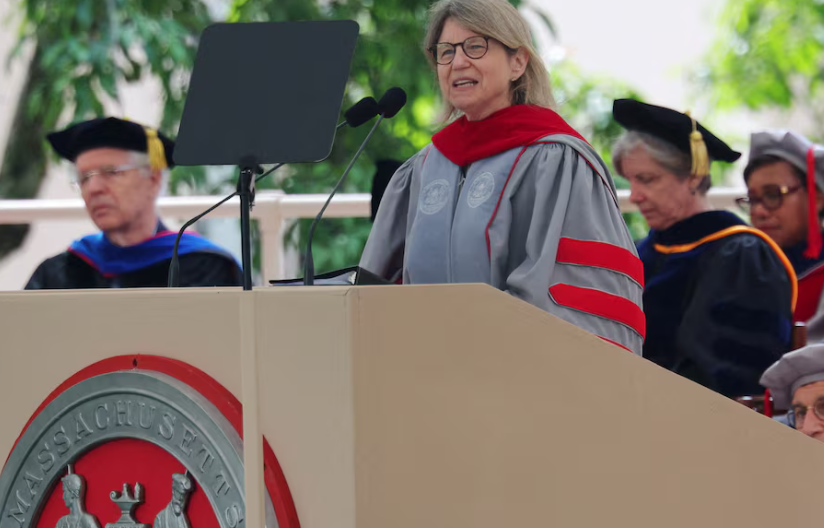The Massachusetts Institute of Technology (MIT) saw a significant drop in the diversity of its incoming freshman class this year, with just 16% of students identifying as Black, Hispanic, Native American, or Pacific Islander. This decline comes in the wake of the U.S. Supreme Court’s 2023 decision to ban race-based admissions practices, which had previously allowed selective colleges to boost enrollment of underrepresented minority groups. The previous year, these groups made up 31% of the incoming class at MIT.
Meanwhile, the proportion of Asian American students in the freshman class rose from 41% to 47%, while the percentage of white students remained consistent with recent years.
MIT administrators directly linked these changes to the Supreme Court’s ruling, which ended affirmative action policies at many U.S. colleges and universities. Harvard University and the University of North Carolina, the defendants in the case, had argued for race-conscious admissions to promote diversity and broaden educational opportunities. However, the conservative-leaning Court determined that such practices violated the U.S. Constitution’s guarantee of equal protection under the law.
MIT President Sally Kornbluth commented on the changes in the Class of 2028, noting that, while the class remains exceptional across many dimensions, it lacks the broad racial and ethnic diversity that the MIT community had worked to achieve over the past several decades. This year’s freshman class includes 5% Black students, 1% American Indian/Alaskan Native students, 11% Hispanic students, and 0% Native Hawaiian/Pacific Islander students. Asian American students make up 47% of the class, and white students constitute 37%. (Some students identified with more than one racial group.)
Over the previous four years, the combined freshman classes included 13% Black students, 2% American Indian/Alaskan Native students, 15% Hispanic students, and 1% Native Hawaiian/Pacific Islander students. Asian American students represented 41% of those classes, while white students accounted for 38%.
In response to the Supreme Court’s ruling, U.S. college administrators, including those at MIT, revamped their recruitment and admissions strategies in an effort to maintain the diversity of their student bodies. Despite these efforts, Kornbluth acknowledged that MIT’s strategies had not been as effective as hoped. Moving forward, MIT plans to better advertise its generous financial aid packages and invest in expanding access to science and math education for young students across the country to address enrollment gaps among historically marginalized groups.

